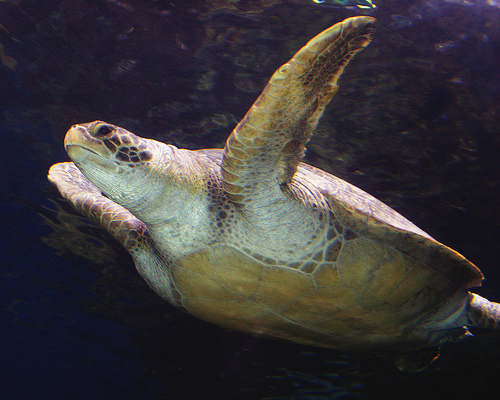
Ralphs
Discount tickets available at Ralphs for a limited time
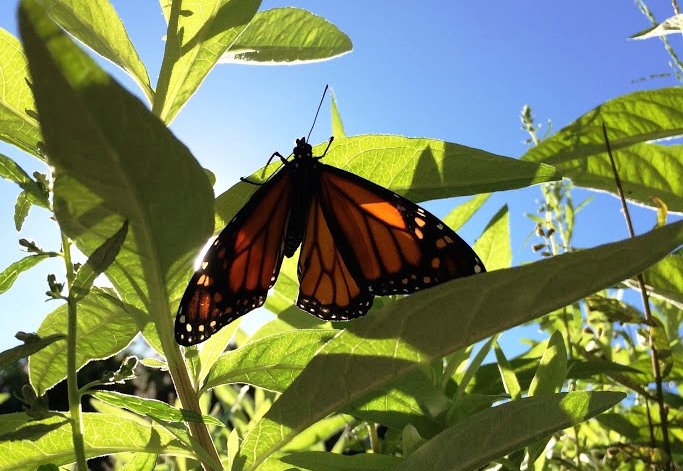
An adult monarch butterfly perches in the Aquarium's Our Water Future garden area. Credit: Photo by Cassandra Davis
May 17, 2016
Members of the Aquarium’s horticulture volunteer team began planting milkweed in the garden surrounding the Our Water Future exhibit area and outside the back fence in 2014 to provide food and habitat for monarch butterflies. Now monarchs are visible in the garden almost year-round, and chrysalises can be found under the benches and in the vines on the fence.
Monarch butterflies make a mass migration up to 3,000 miles in distance from Canada or the northern United States to California and Mexico each winter. Upon arrival, the butterflies lay eggs on milkweed plants, which the larvae eat once they hatch. Next they become caterpillars that create a protective chrysalis around themselves. After metamorphosis, they emerge as adult butterflies in summer.
Monarch butterfly populations have declined for the past several years because of habitat loss. The U.S. Fish and Wildlife Service began review of a legal petition submitted in August 2014 requesting Endangered Species Act protection for monarchs. Individuals can help support butterflies on their journey by planting milkweed and other butterfly-friendly plants in their home gardens.
Look for monarch butterflies at the Aquarium while you visit during summer. If you find a butterfly, caterpillar, or chrysalis, take a photo and share it with us. You can post it to Instagram with the hashtag #AquariumMember or send it via email to MemberServices@lbaop.org.
Signs showing the lifecycle of the monarch butterfly supported by the Metropolitan Water District.
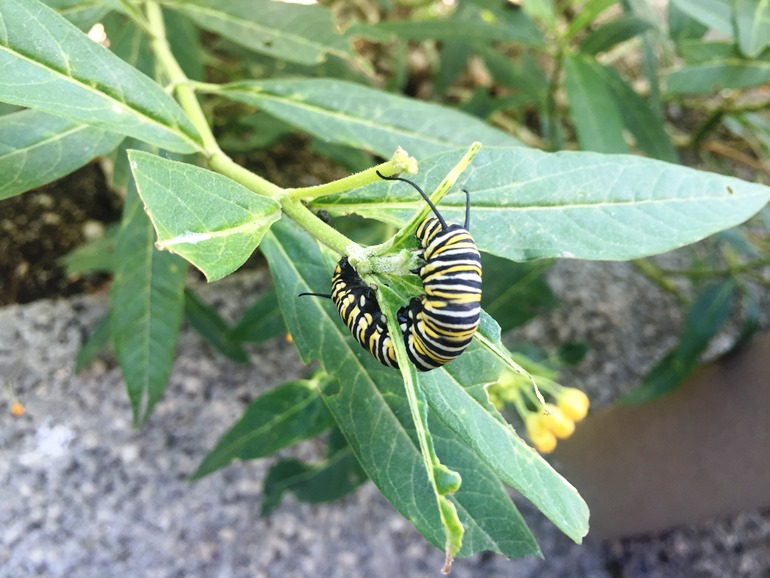
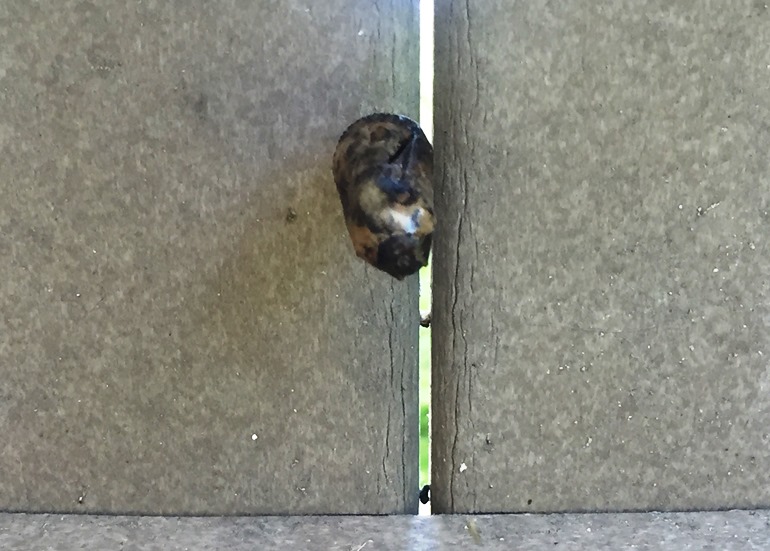
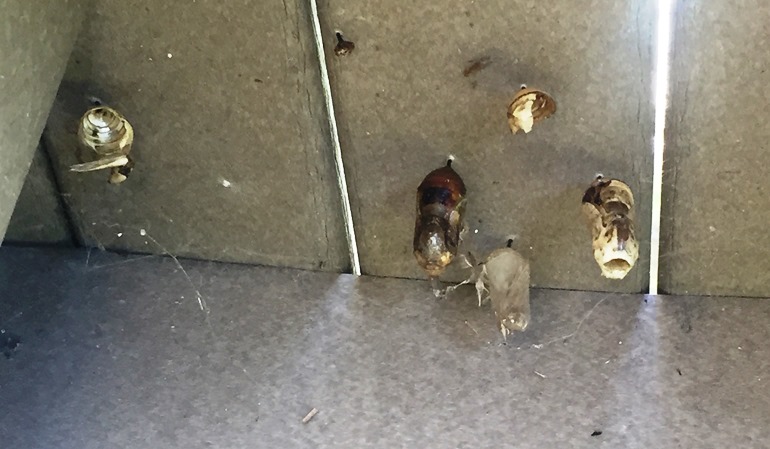
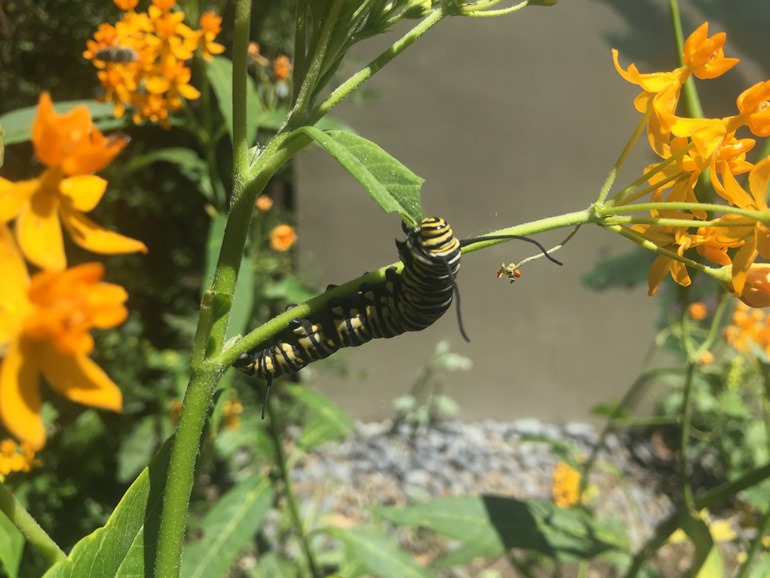

Discount tickets available at Ralphs for a limited time